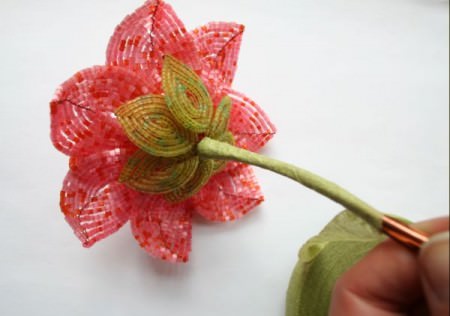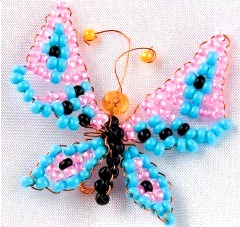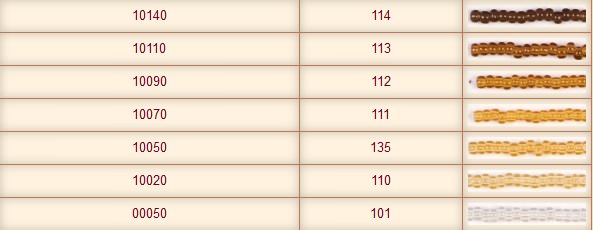
Beads: the main producers and the color map of Preciosa-VDV (scheme)
Content
- What is a bead
- History of Beads
- Types of beads
- Manufacturer country
- The color chart of Beads Prezios Ornela-VDV
- Video: Comparison of Chinese and Czech Beads
Beadwork is a whole world, inWhich each needlewoman herself creates a unique environment. The use of beads is so wide that it can rightly be considered a universal material. With its help you can not only weave jewelry. The craftsmen of beadwork create from these "balls" wonderful flowers and trees, voluminous toys, funny little pictures, in which jewelry work is invested, as well as huge works adorning the walls of the premises.



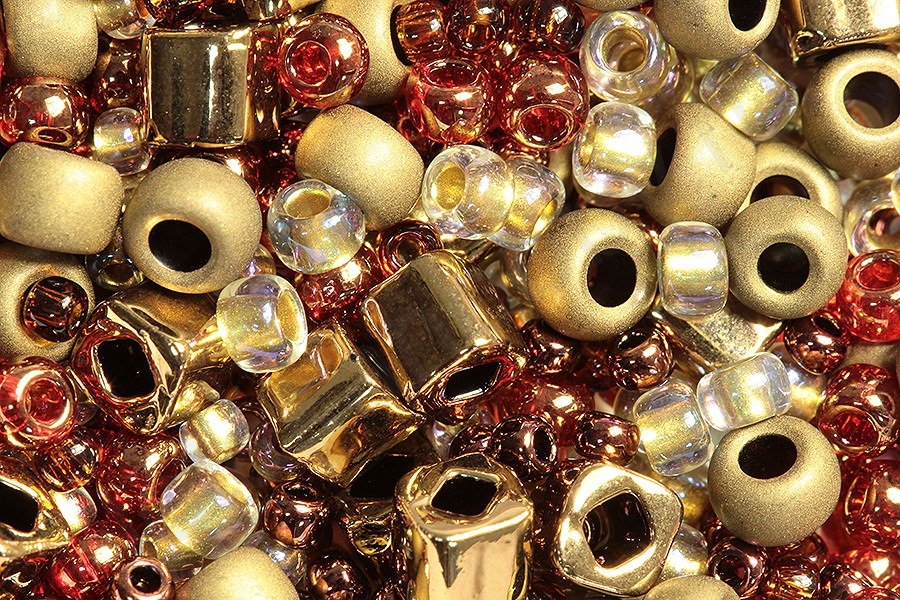

What is a bead
Beads are balls small in size, which have a round shape or facets on their surface. It has many colors, and the gamma of its shades is simply infinite.

Form and size also fluctuate in a fairly largeRange. The diameter of the bead is usually one millimeter or more than a centimeter. And the shape is round or square, elongated and even in the form of a butterfly or a flower. It is made of a variety of materials. It is made of plastic, stone or even bone, pearl or coral. But most often there is a bead made of glass.
Work with beads takes in the present lifeSeparate special place. This can be done by both women and men. And some masters create jewelry by investing in such jewelry work that they are able to compete in the fineness of their performance to any jewelry. If you give your friends something made of beads with their own hands, even if very small pictures, then you will give them not just an object, but a part of their soul.
History of Beads
The history of beads originates in Ancient Egypt. It was the Egyptians, trying to reduce the size of beads and strongly succeeded in this. Although, the name itself has Arabic roots and in translation means "fake pearls". After Rome in the process of conquest of Egypt adopted the skill of creating beads and in the sixth century the center of this skill moved to Venice, Venetian beads for many years gained popularity in all countries of Europe. All this happened in the era of the Middle Ages. If we look at the photo depicting Renaissance paintings, we can understand how popular were all kinds of products from it, especially women's jewelry and clothing items. And after the 16th century, bead production reached England, Spain, Portugal, Germany and France.
Types of beads
Each other beads differ in shape, coating, texture, size and country-producer.
The following types are distinguished in form:
- round;
- Chopped;
- In the form of cylinders.
Cylindrical beads or glass beads haveFaceted, fibrous or twisted form. In addition, it can look like flowers, stars, crystals, leaves and other objects. The hole in the beads can be round or square in shape.

Round beads 
Deck 
Glass beads The sizes of beads have specialDesignation used by all manufacturers. This designation determines the number of beads fitting in one inch. And although the designations are the same for all, but in fact it turns out that the sizes of different manufacturers with the same labeling are still different from each other. So, the bead marking is in the range from 1/0 to 21/0. The smaller the number, the larger the beads.

The size of beads by numbers in millimeters 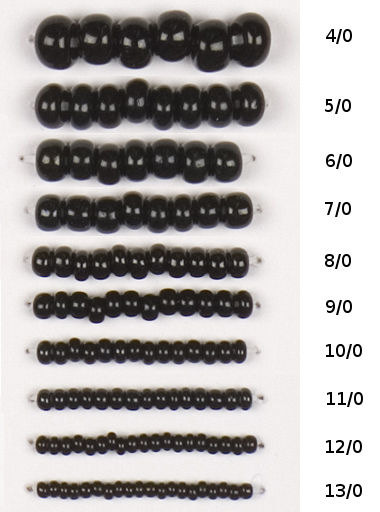
The coating of beads is usually shiny, matte,Rainbow, silk, paint coating and others. In its texture, the beads are transparent, opaque, translucent, and also, so-called, opal. The latter is made of glass, which has a milky color. In addition, the inner surface of the bead is sometimes covered with a mirror silver paint or gold. And also just another color, when a fairly wide range of colors is used.
Manufacturer country
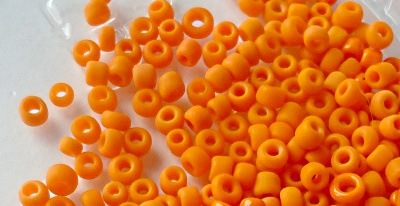
Chinese beads The most famous bead manufacturers are Japan, the Czech Republic and China. They are also produced in Russia, Taiwan and India, but on a much smaller scale.
Chinese beads are the cheapest and thereforeThe most accessible. But its quality leaves much to be desired. It is brittle, its coating is unstable, and its shape and size are very uneven. Due to the rough edge when working with beads, the used thread often breaks. And because of its uneven shape and size, do not weave a canvas from it, it is unlikely to turn out even and beautiful. But it is ideal for creating beaded trees. Similar to him in the characteristics of Taiwanese and Indian beads.
The producing beads Czech Republic is still more concernedQuality of its product. Czech beads are much more uniform in shape and size. It has a more diverse range of colors and more colors used for coating. Even just looking at photos or pictures depicting products, for the creation of which Czech beads were used, you can see all its advantages. And the number of colors used can simply be in the eyes.

Czech beadsPrediosia - the most famous and largeProducer, which can boast producing beads Czech Republic. And yet Czech beads are also not devoid of flaws. The cutting has sharp edges and, sometimes, narrow holes come across. You can also notice some differences among the colors of different parties. And yet, when weaving different products, Czech beads are much preferable to Chinese or Indian beads. In addition, the Czech Republic produces elite varieties. One of them is called Bohemian. It is slightly elongated and has facets. Bohemian beads are most popular with embroiderers. The second one is round, it has only one polished face. It is called "Charlotte", it is very exquisitely glitters and is used mainly in the manufacture of jewelry, although it is suitable for absolutely any purpose.
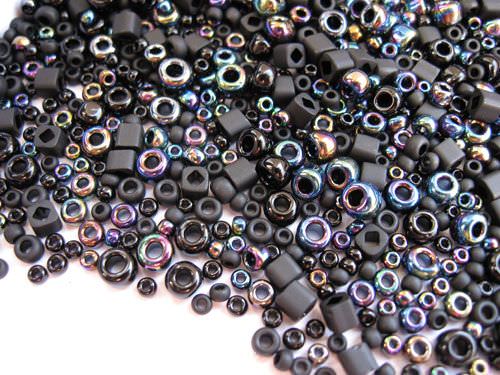
Japanese beads The most qualitative material inThis area is considered Japanese beads. This kind of confidently ahead of the quality of all competitors. Products made with it, are much more expensive than others. It is made of glass of special durability. And this means that you will not have to dissolve half of the finished product because of the suddenly bursted bead. Its coating is more resistant than other species. All the beads one in one repeat the shape and size of each other. With its help to produce a product that has a complex geometric shape, it will be much easier. The edges of the felling are always processed. Also, Japanese beads have such a large hole that you have the opportunity to pass through the bead with a needle several times. If you see products made using Japanese beads, even if they are on the photo, you will understand why some of the most fashionable jewelry boutique could dream of some of them. Japanese beads are somewhat larger than Czech or Chinese. The most famous is the cylindrical beads, from which the most beautiful products are created. Japanese beads have only one drawback, it is much more expensive in value.
The color chart of Beads Prezios Ornela-VDV
The company-manufacturer Preziosa created a mapFlowers for his beads, which was later finalized by the company Airborne. This color card combines the consistency of three-digit and five-digit numbers. Since the number range of the company VDV more, then the map is certainly much more convenient. It does not contain duplicate numbers and means it allows you to unmistakably choose beads for large works that use a wide range of colors. Such work, as a rule, requires a more "jewelry" selection of materials.

1 
2 
3 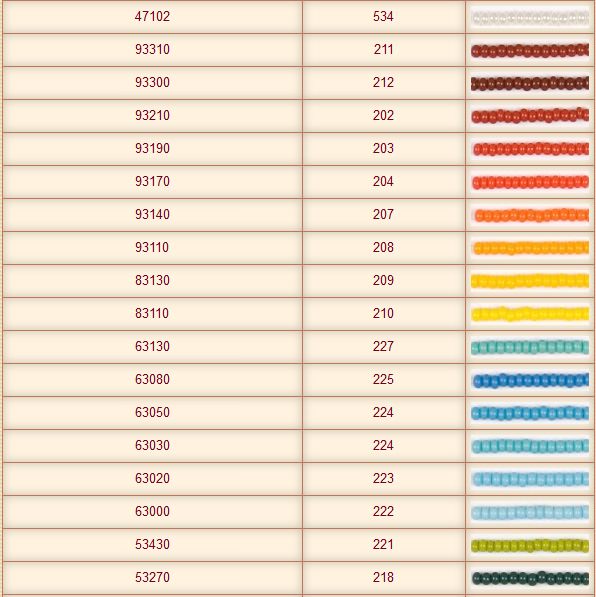
4 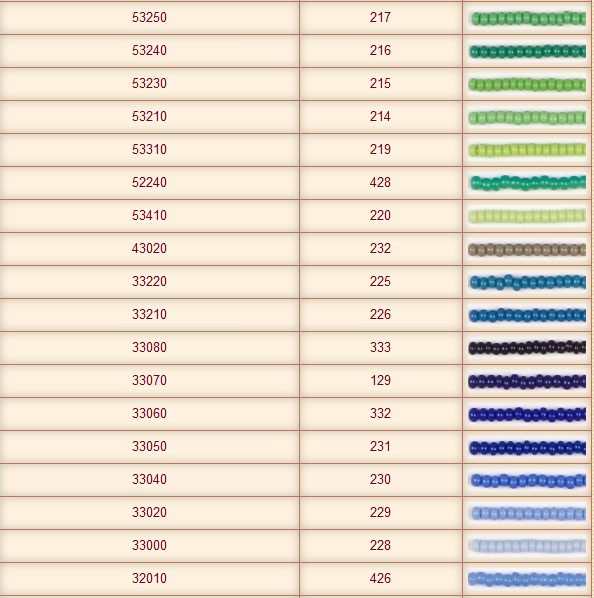
5 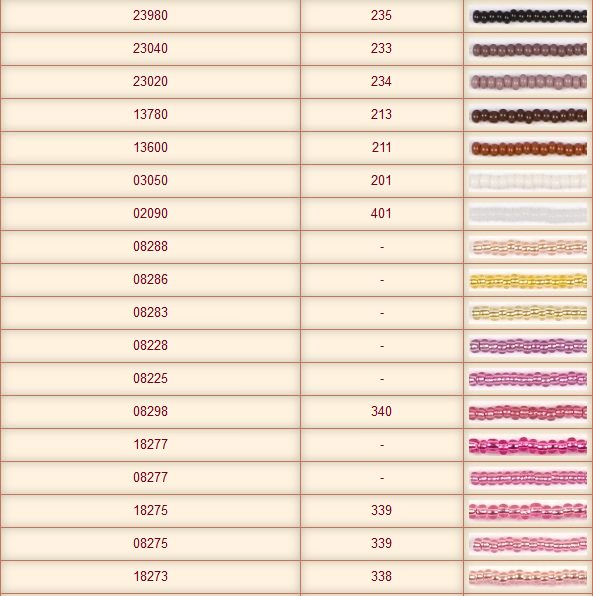
6 
7 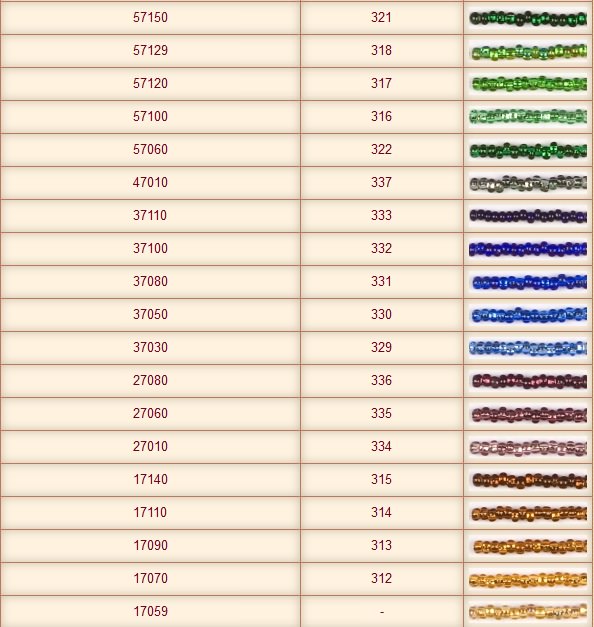
8 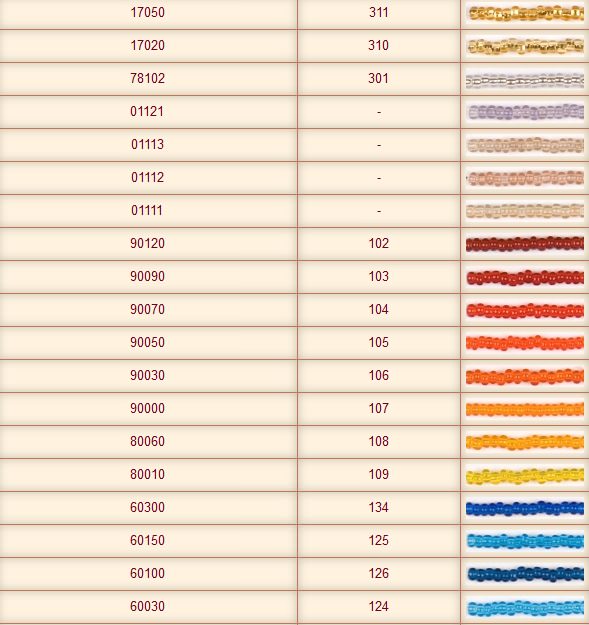
9 
10 
11
